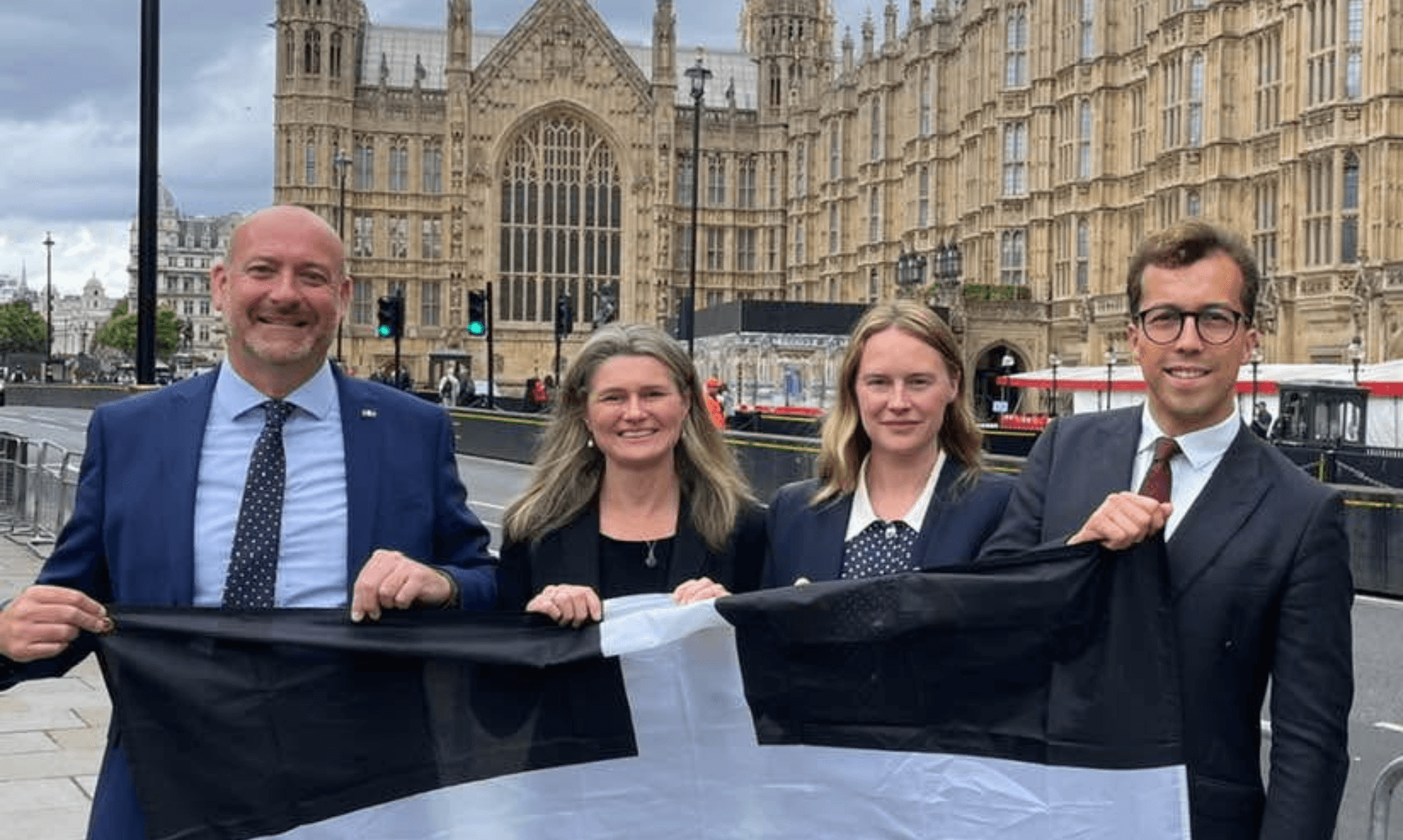Cornwall Faces Health Challenges: A Closer Look at the Rising Health Crisis
Recent studies indicate that Cornwall is grappling with significant health challenges, as approximately 5% of its residents report poor health. This concerning statistic emerges amidst broader concerns about increasing health disparities across England and Wales, identified as ‘bad health blackspots’ by research bodies.
An analysis conducted by the Institute for Public Policy Research (IPPR) sheds light on the correlation between areas with higher incidences of sickness and various socio-economic issues, including lower productivity, higher poverty rates, and economic inactivity. In Cornwall, the 2021 Census revealed that 5.6% of people classified their health as poor or very poor. This is paralleled by an economic inactivity rate of 24.8% among the adult workforce, placing Cornwall and Slough jointly at the 212th position out of 330 local authorities in terms of health and economic activity.
The IPPR’s investigation underscores a stark contrast in health and economic outcomes between the most and least deprived areas. People in deprived regions are up to one and a half times more likely to be economically inactive and twice as likely to experience poor health compared to those in affluent areas. These regions also struggle with lower productivity, higher child poverty, unemployment, and lower household incomes.
Professor Donna Hall CBE, a commissioner at the IPPR, emphasises the challenges faced by local government and health services due to limited resources, impacting their ability to serve their communities effectively. To combat this, the IPPR proposes the creation of Health and Prosperity Improvement (HAPI) zones. These zones aim to address the intertwined issues of poverty and ill health by empowering local leaders and fostering community-driven public health strategies.
In Cornwall, the disparities extend to life expectancy as well. Between 2018 and 2020, the healthy life expectancy was recorded at 63.8 years for males and 66 years for females. This figure falls significantly short when compared to Rutland, the healthiest area for males, and Wokingham for females.
Research fellow Efua Poku-Amanfo from the IPPR stresses the necessity for government investment and action in health, not only as a moral obligation but also for economic pragmatism. She points out that the health crises, particularly in specific regions like the North East and North West of England and South Wales, are impeding national economic growth.
Alice Martin from the Work Foundation at Lancaster University highlights the crucial link between job security and health outcomes. She advocates for a shift in government strategy towards improving job quality and supporting job seekers into stable and sustainable roles, citing the negative health impacts of insecure employment.
In response, a government spokesperson outlined commitments to increase healthy life expectancy by five years by 2035 and reduce health disparities. Investments of up to £14.1 billion are planned to enhance health services. Strategies include focusing on the prevention and management of major health conditions, creating a smoke-free generation, and integrating mental health support into employment plans.
Share This Story, Choose Your Platform!
To keep up with the latest cornish news follow us below
Follow CornishStuff on Facebook - Like our Facebook page to get the latest news in your feed and join in the discussions in the comments. Click here to give us a like!
Follow us on Twitter - For the latest breaking news in Cornwall and the latest stories, click here to follow CornishStuff on X.
Follow us on Instagram - We also put the latest news in our Instagram Stories. Click here to follow CornishStuff on Instagram.
You Might Also Be Interested In
Don’t Miss What’s Happening in Cornwall
Join others in Cornwall by receiving the latest daily news in Cornwall, sent direct to your inbox.



























